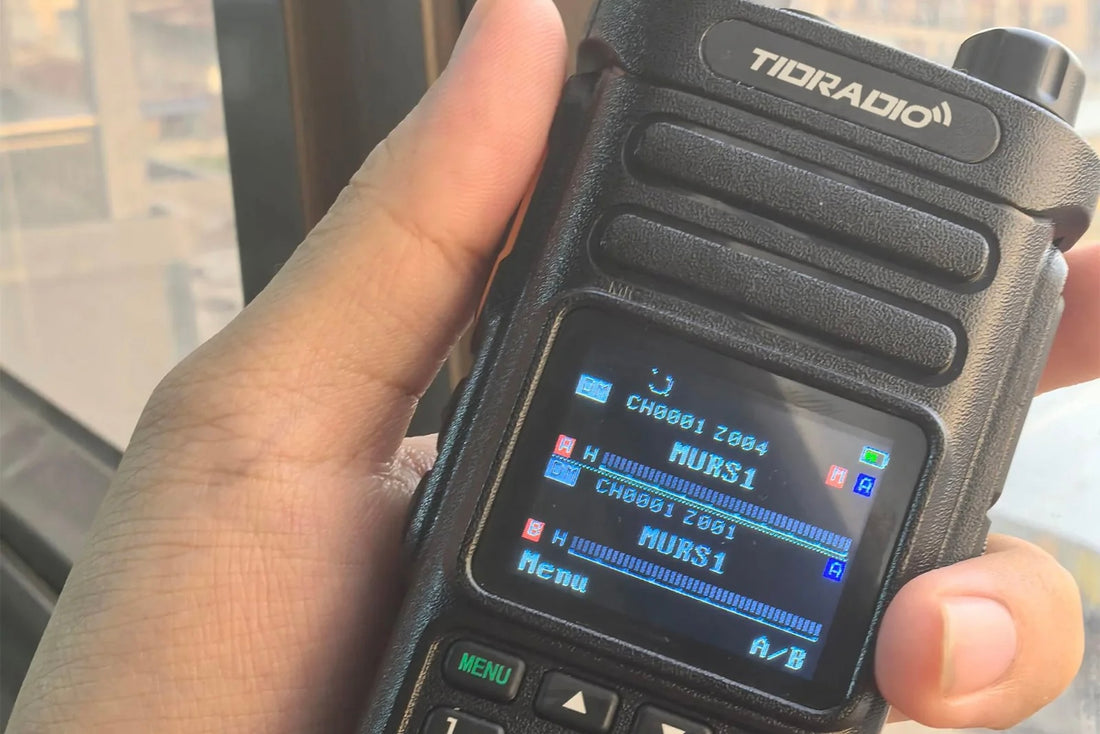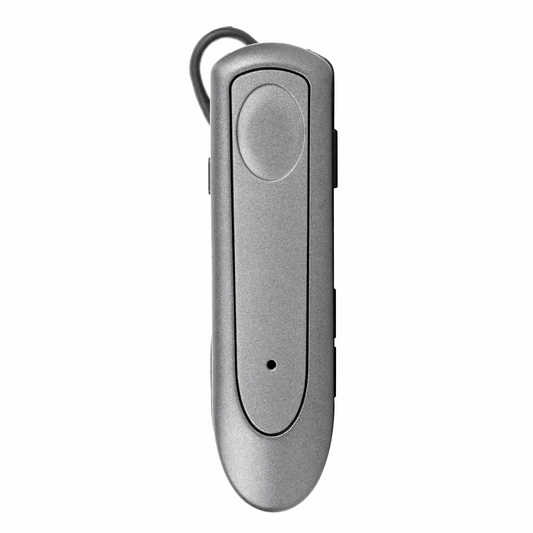
Beginner's Guide to Digital Two-Way Radios: A Comprehensive Overview
Digital two-way radios have become essential tools for a wide range of activities, from outdoor adventures to business communications. They offer a significant upgrade over traditional analog radios, providing clearer audio, enhanced security, and extended range. If you're new to this technology, this guide will walk you through the basics and help you choose the right device for your needs.
What Are Digital Two-Way Radios?
A digital two-way radio is a portable communication device that allows users to talk to each other over a certain distance without the need for a cellular network. Unlike analog radios, which transmit sound directly, digital radios convert voice into data packets, resulting in more reliable and clearer communication. This makes them particularly useful in environments where clarity and security are critical.
Key Features to Look For
When selecting a digital two-way radio, it's important to consider the following features:
-
Frequency Bands (UHF/VHF):
- UHF (Ultra High Frequency) radios are better for urban environments with many obstacles, while VHF (Very High Frequency) radios are more effective in open, rural areas.
- Choosing the right frequency band can significantly impact your communication range and clarity.
-
Battery Life:
- Look for models that offer long battery life, especially if you plan on using the radios for extended periods.
- Some digital radios come with rechargeable batteries that can last up to 20 hours or more on a single charge.
-
Durability and Weather Resistance:
- For outdoor use, a waterproof and dustproof radio is essential.
- Some radios are built to withstand harsh conditions, making them ideal for hiking, camping, or use in rugged environments.
-
Range and Power Output:
- The range of a digital two-way radio can vary from 1 to 5 miles, depending on the terrain and power output.
- High-power radios offer greater range but may also drain the battery faster.
-
Channels and Privacy Codes:
- Most digital radios offer multiple channels and privacy codes to minimize interference and ensure secure communication.
- This is particularly useful in crowded areas or during events where multiple groups are using radios.
Popular Uses for Digital Two-Way Radios
-
Outdoor Adventures:
- Digital radios are perfect for staying connected during activities like hiking, camping, and hunting, especially in areas with no cell service.
- They allow for quick communication between group members, enhancing safety and coordination.
-
Business and Professional Use:
- From construction sites to large events, digital radios enable instant communication, improving efficiency and safety.
- Businesses often choose digital radios for their clarity, reliability, and the ability to manage multiple teams on different channels.
-
Emergency Situations:
- In times of crisis, when cellular networks may fail, digital two-way radios provide a reliable means of communication.
- They are often included in emergency preparedness kits for this reason.
Conclusion
Digital two-way radios are powerful tools for communication in various settings. By understanding the key features and popular models, you can find a radio that meets your specific needs, whether for outdoor activities, business, or emergency preparedness. Investing in a quality digital two-way radio ensures you stay connected when it matters most.




